How much do you really know about reptiles? Get ready to be astonished as I tell you a little bit about our Reptiles Family Unit Study
Did you know that all reptiles shed their skin? Even crocodiles and alligators? Or that the smallest snake in the world could curl up on a coin, while the largest is as long as a school bus?!
This is only the beginning! Get ready to be astonished as we discover more about reptiles with hands-on fun!
What is a Family Unit Study?
But first… what exactly is a Family Unit Study?
This unit study, like all of our ever-growing library of unit studies, takes one big topic—Reptiles—and breaks it down into ten manageable, bite-sized learning topics. This format gives you the freedom to dive into learning at a pace that works for your family.
Each of the ten topics included with a unit study contains everything you need for that topic, including:
- a curated YouTube video,
- suggested information to read,
- a “what’s happening” section,
- an interesting fact,
- a discussion questions
- literacy and math extension questions,
- and an ultimate-can’t-be-beat hands-on activity!
Perhaps you do one topic per day, perhaps one per week. Whatever suits your fancy! You can learn about music and instruments and explore a topic from start to finish in about 1-2 hours.
Get a FREE Family Unit Study Sample
Want to see what our unit studies are like? You can download a sample from the Stars and Constellations Family Unit Study right here:
Reptiles: An Interdisciplinary Family Unit Study for Ages 4-12
Here are some of the hands-on learning activities you and your little ones will be enjoying in this Reptiles Family Unit Study:
Topic One: What is a Reptile?
Reptiles are a class of animals that have vertebrae (a backbone), dry scaly skin, and usually lay soft-shelled eggs. Reptiles need to breathe air and are cold-blooded, which means they need to seek out warmth and heat from their environment.
Hands-on Activity: To explore exactly what a reptile is, we look at some reptiles in-depth, focusing on many things—such as the animal tracks they make! With a printable animal tracks game, we discover exactly why and how reptiles make the tracks they do.
Topic Two: Cold-Blooded
Reptiles are cold-blooded, which means they need to absorb warmth from the sun through their body.
Hands-on Activity: As we explore what it means to be cold-blooded through our unit studies readings and videos, we always finish with a culminating hands-on activity. For this section on reptiles being cold-blooded, we explore various temperatures and how they fluctuate using rocks.
Topic Three: Scales or Scutes?
Reptiles are different than other animals for several reasons, one of which is their dry, tough skin. Most reptiles have very dry skin covered with scales or small bony plates.
Hands-on Activity: Using some beautiful reptile silhouette printables, we cover these printables with salt dough and use a toothpick to make either scutes or scales! This artwork turns out gorgeous!
Topic Four: Lay Eggs
Most reptiles lay soft eggs (the shells are not hard like bird eggs). Reptiles do not incubate—or sit on—their eggs, so they do not need to be strong enough to withstand the mother’s weight.
Hands-on Activity: Using vinegar and an egg, we make our own ‘soft-shelled’ eggs and explore the chemistry that is taking place as we do!
Topic Five: Lungs and Vertebrates
Two characteristics that make an animal a reptile are that they have lungs and are vertebrates. Reptiles have lungs and breathe air, which differentiates them from fish and animals with gills. Reptiles are also vertebrates, which means they have backbones. Animals other than reptiles also have lungs and are vertebrates, which is why these two features alone are not enough to classify an animal as a reptile.
Hands-on Activity: We explore how to use a Venn Diagram with this activity, as we research reptiles to find out how they are alike and how they are different.
Topic Six: Turtles
A turtle’s shell is made up of bony plates called scutes. Each year, the turtle grows bigger scutes. Inside each scute, you can see growth rings, very similar to the rings found inside a tree. Count the rings, and you can determine approximately how old a turtle is!
Hands-on Activity: Using playdough, we discover how exactly scutes grow with a turtle!
Topic Seven: Lizards
There are about 6,000 species of lizards in the world, and they really do live all over the world! Lizards can be found on all continents except for Antarctica. They are a varied species, ranging from iguanas to geckos to monitors!
Hands-on Activity: As we explore lizards, we create our very own out of beads! This handwork project builds fine motor skills, hand dexterity, patterning and math skills, and more.
Topic Eight: Snakes
While it might be tempting to think of snakes as having no bones since they slither and slide so well, they actually have hundreds – even more than humans!
Hands-on Activity: We have another math art project for this hands-on activity as we build an origami snake! So full of learning and loads of fun!
Topic Nine: Crocodiles
Alligators and crocodiles look very similar to one another, but they are, in fact, quite different and cannot interbreed.
Hands-on Activity: We research and discuss similarities and differences between alligators and crocodiles by comparing snouts, location, habitats, teeth, size, color, speed, behavior, and more!
Topic Ten: Tuataras
Tuataras might look an awful lot like lizards, but they are quite different, which is why they are classified separately from lizards. Tuataras have no external ears (while lizards do), they prefer cool weather (while lizards like to bask in the heat), and they are nocturnal (while lizards spend their nights sleeping).
Hands-on Activity: Make animal tracks in a salt tray! Now that we know so much about reptiles, we explore animal tracks with our new knowledge as we create our very own.
And there you have it, the 10 bite-sized learning topics that make up our great big Reptiles Unit Study! I hope you will pop on over to check it out and consider purchasing it for you and yours.
Get the Complete Reptiles Unit Study
Grab the full Reptiles Unit Study right here:
https://shop.howweelearn.com/products/family-unit-study-reptiles
Thank you so much for reading!
xo
Sarah
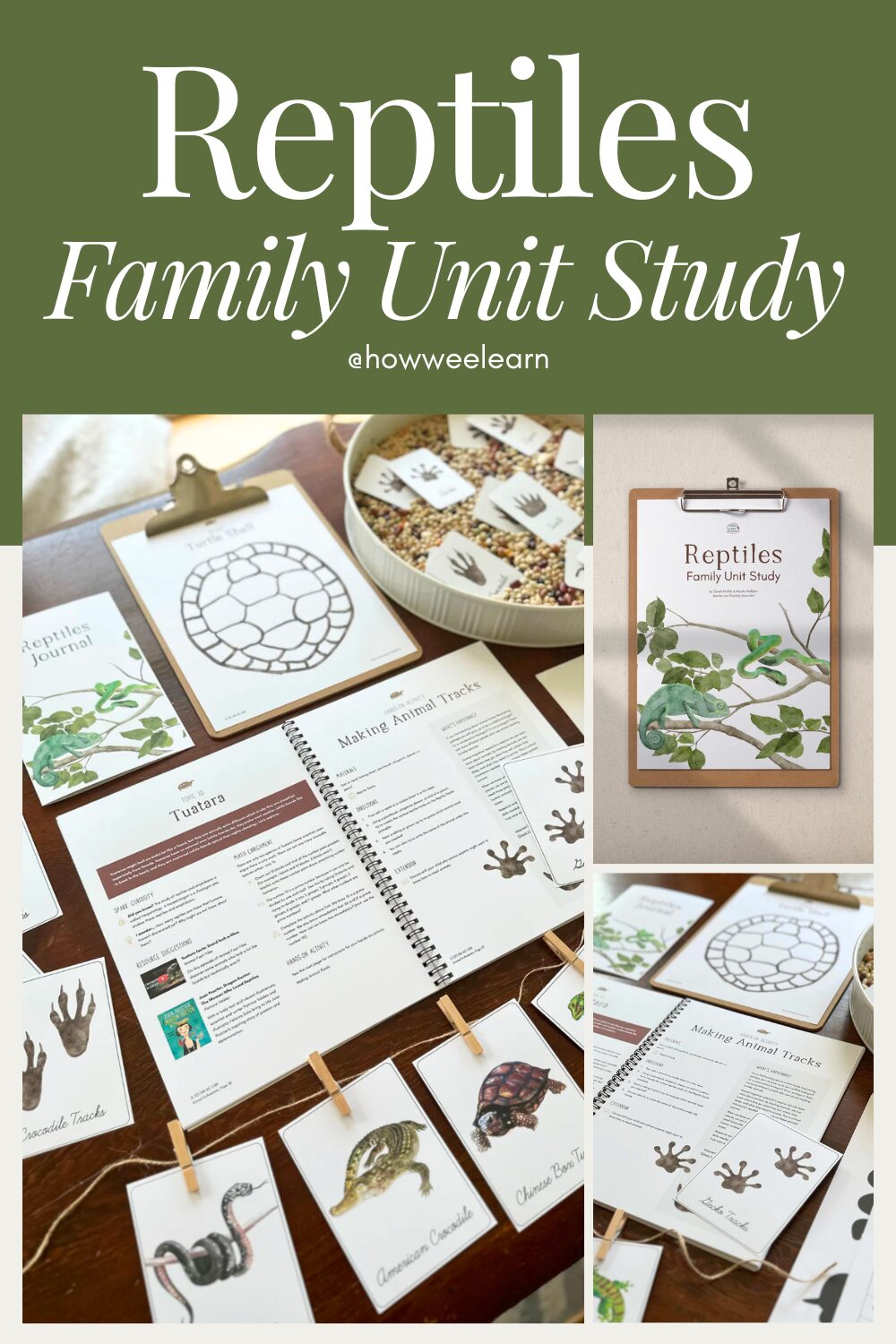
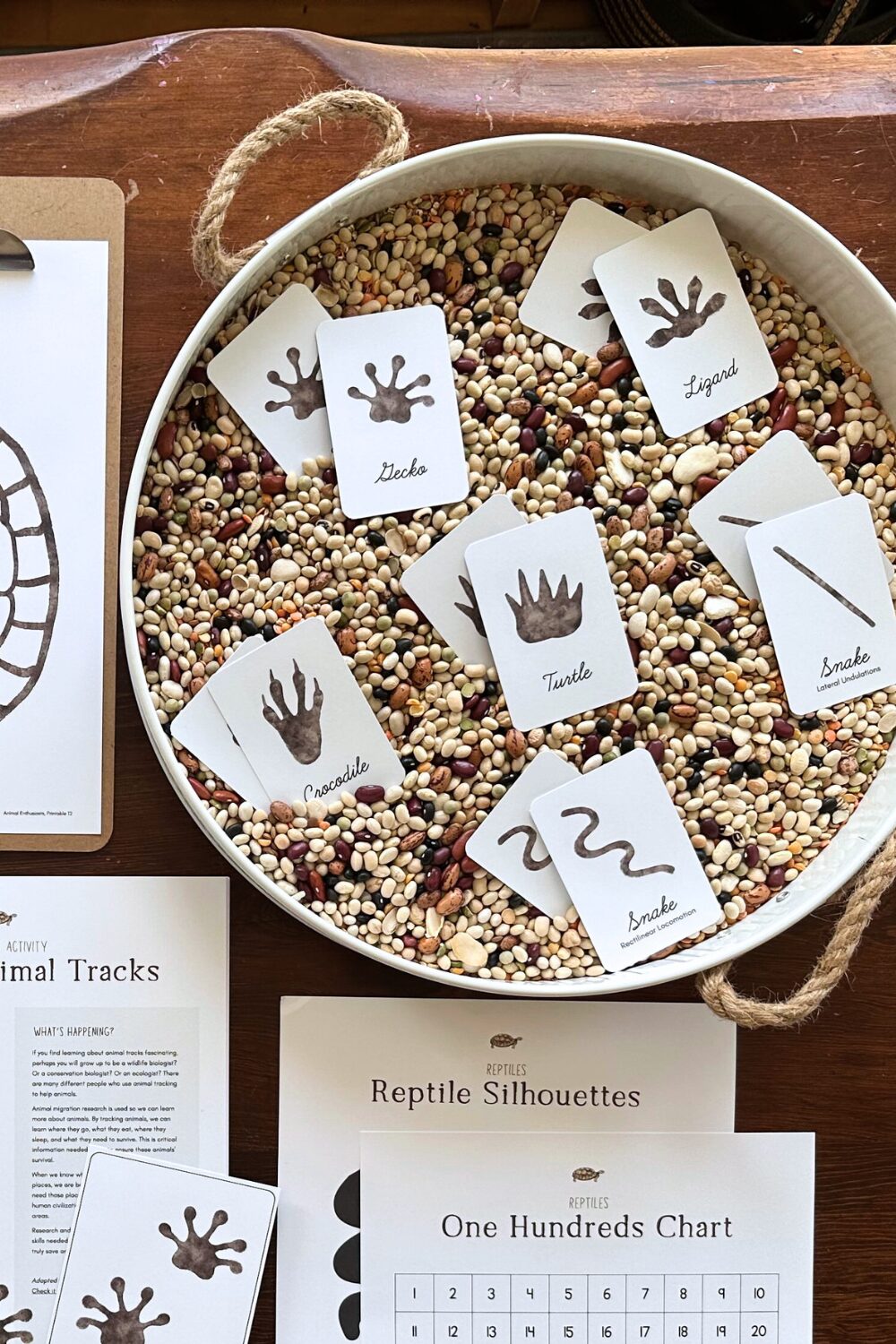
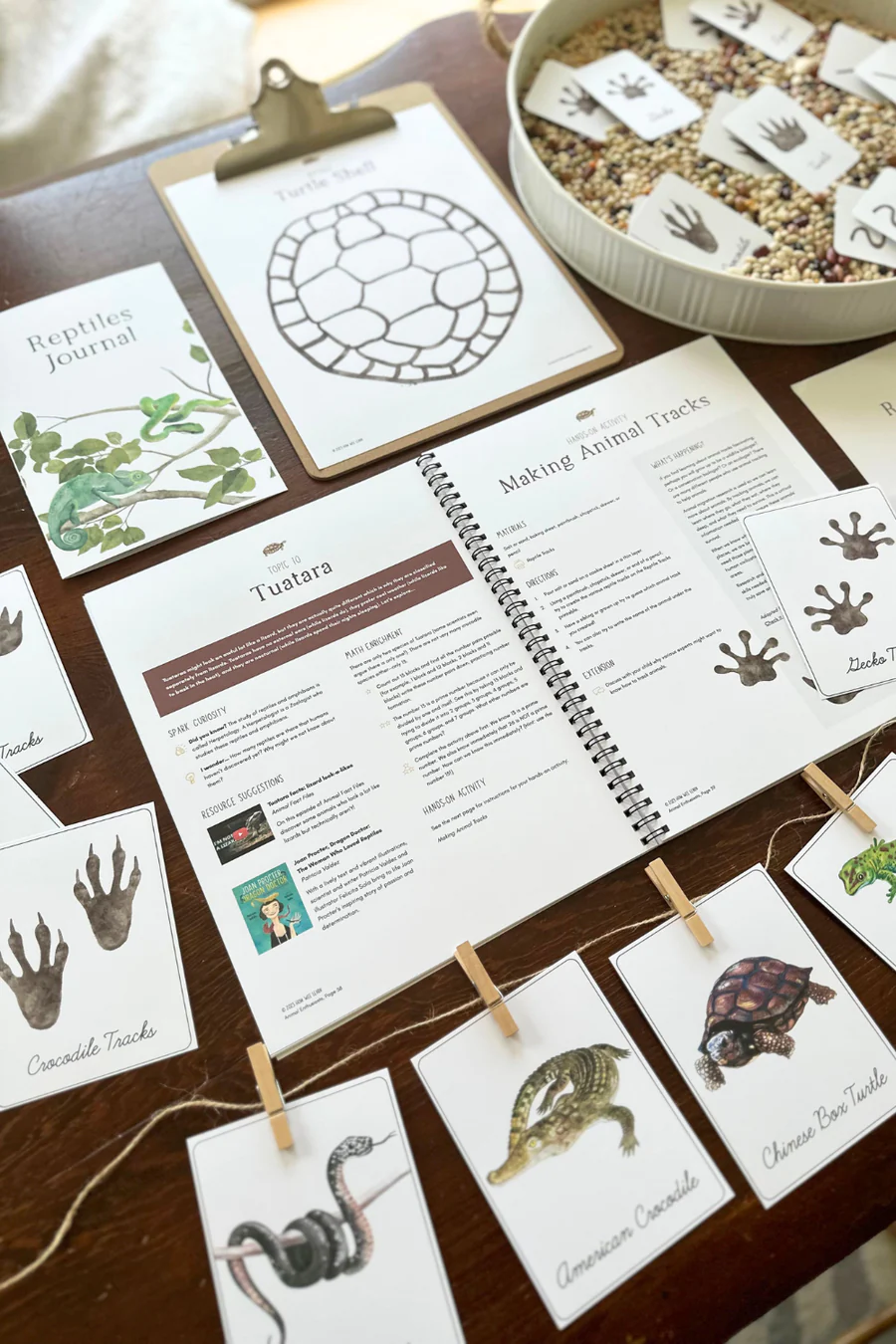
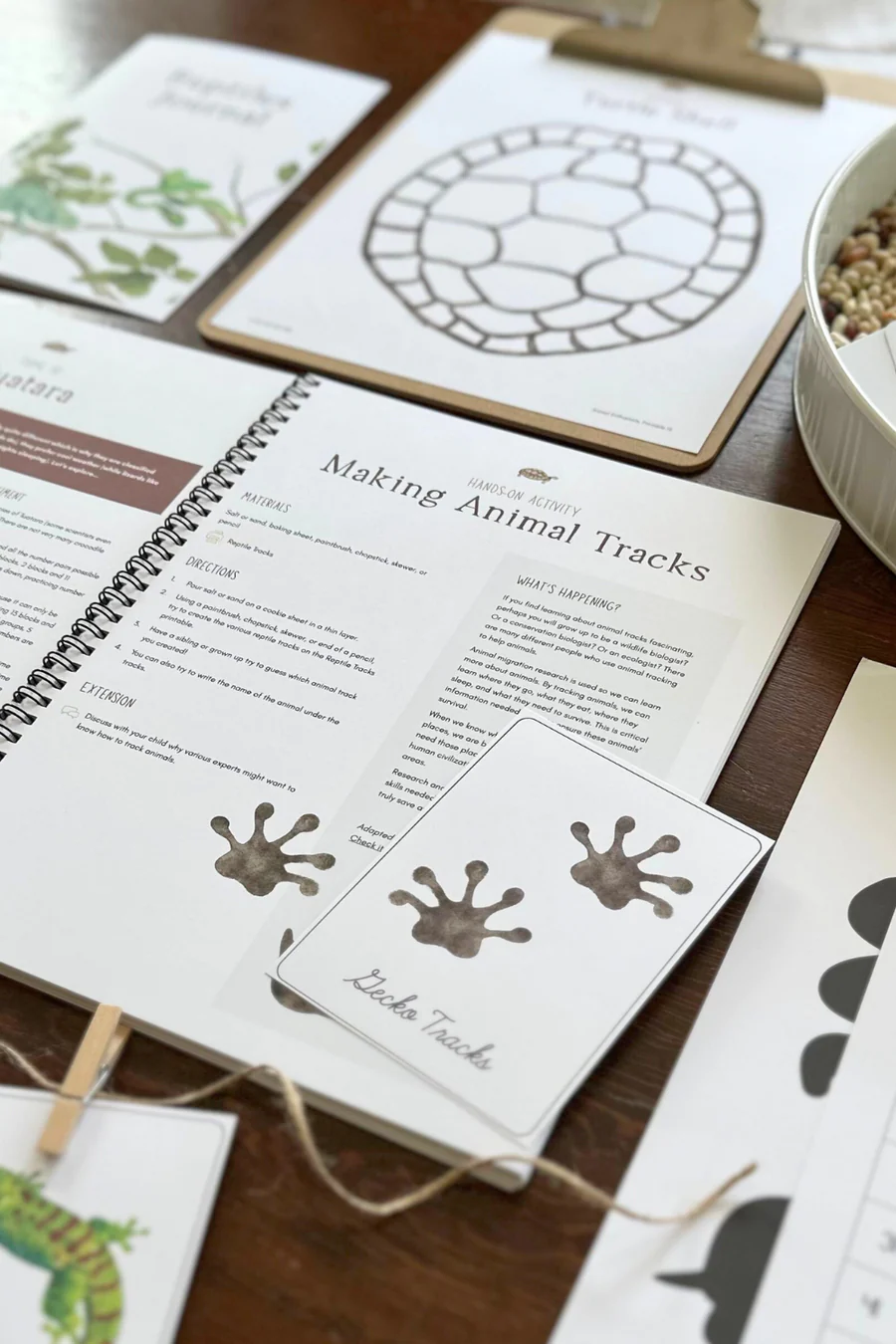
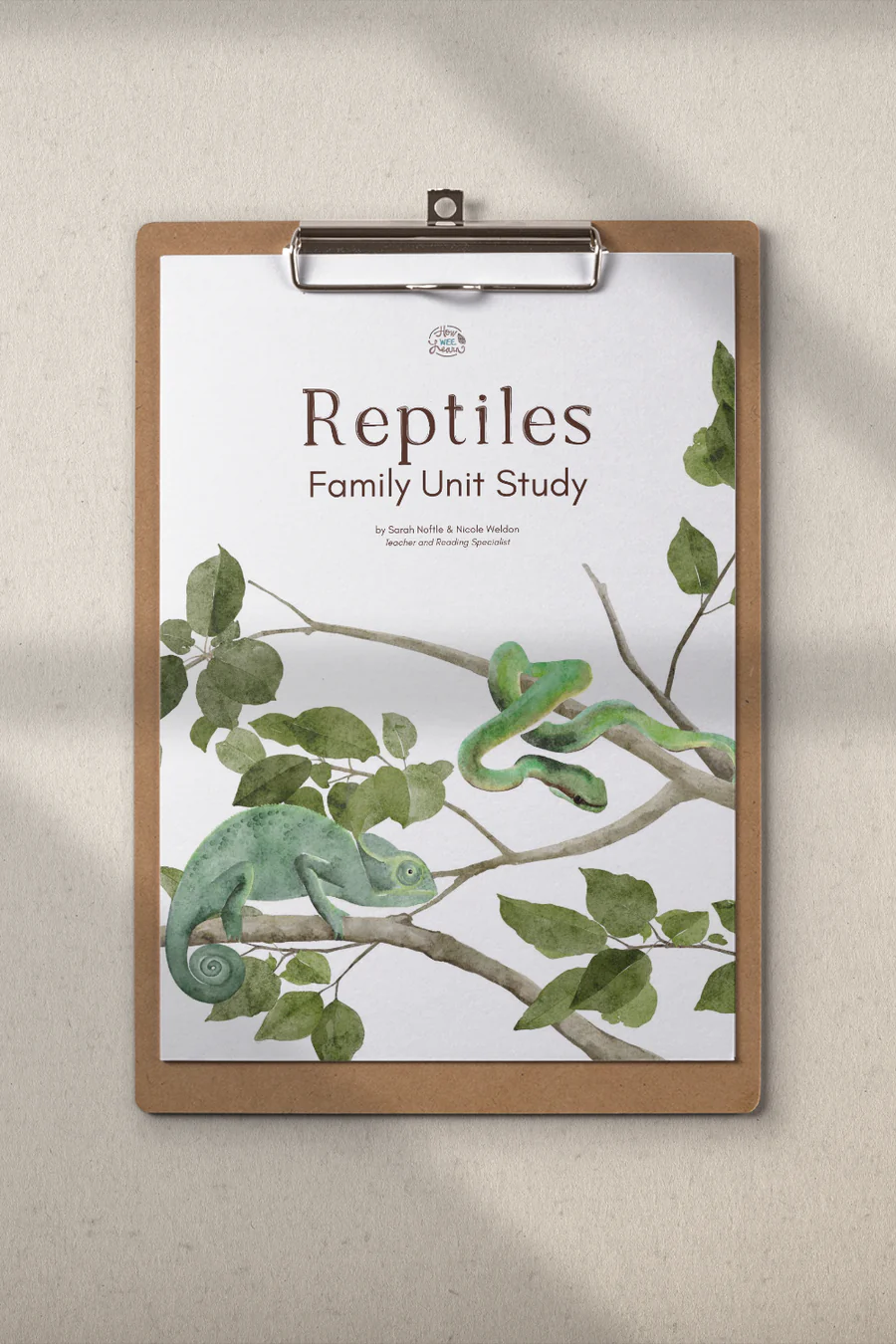
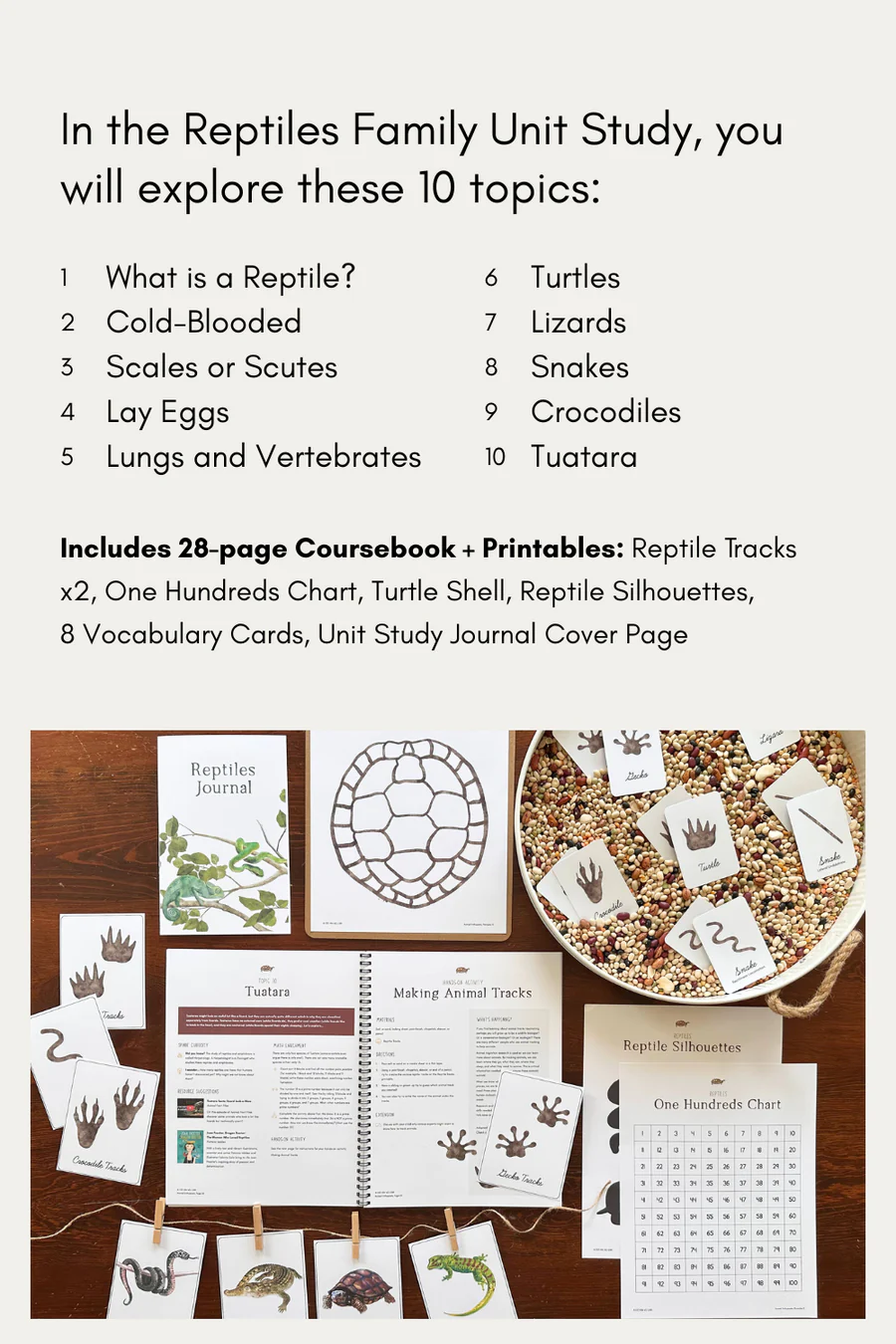
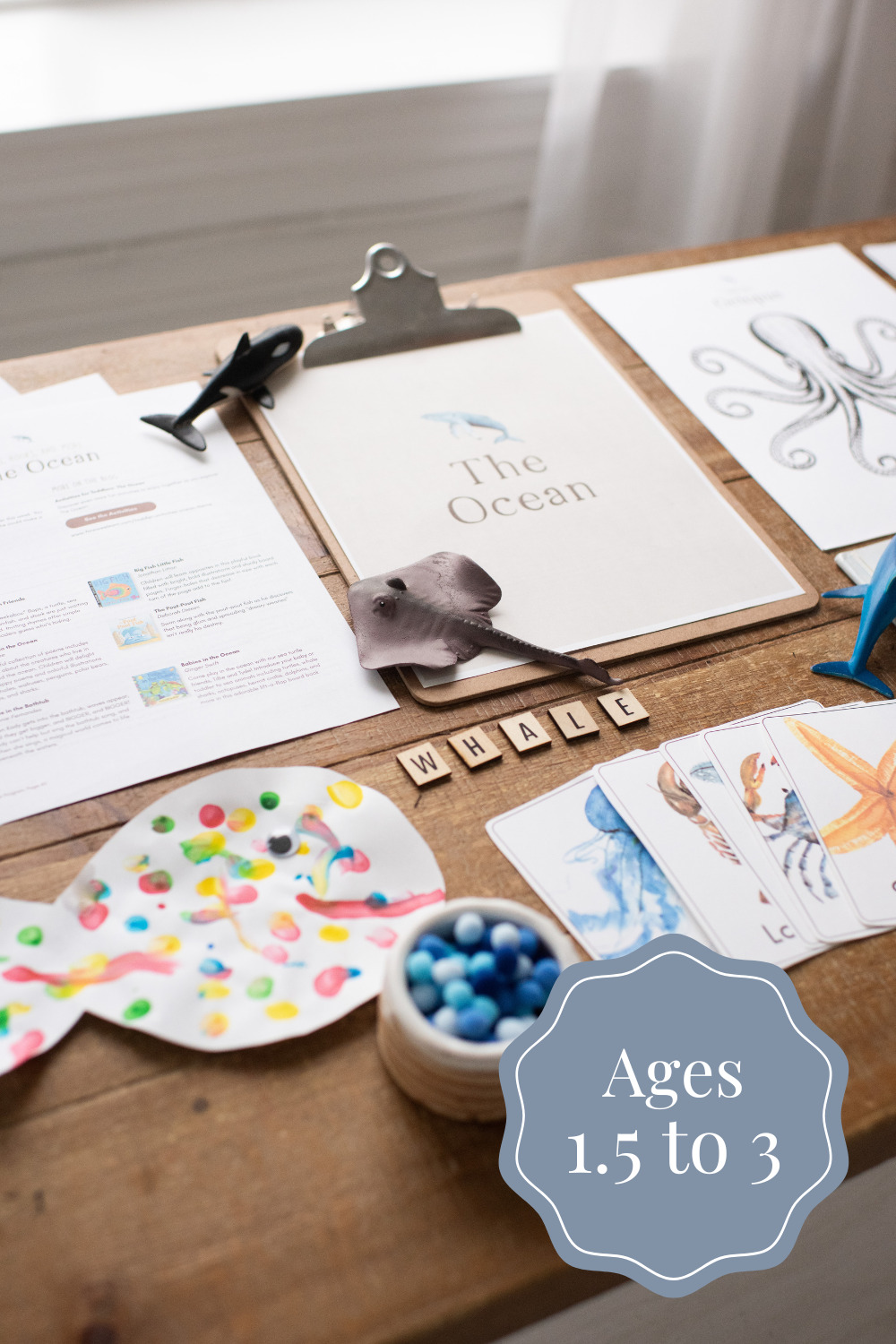
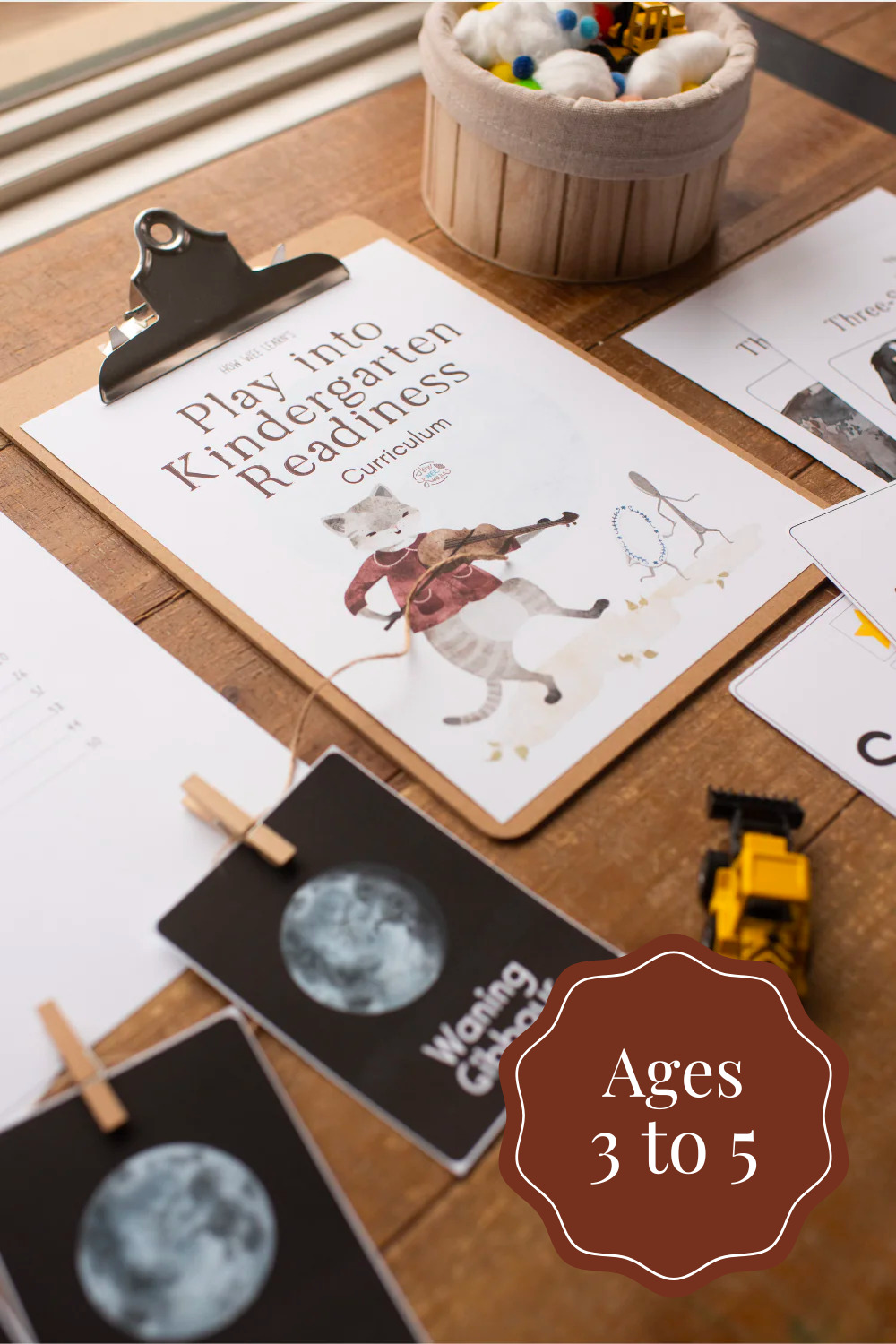
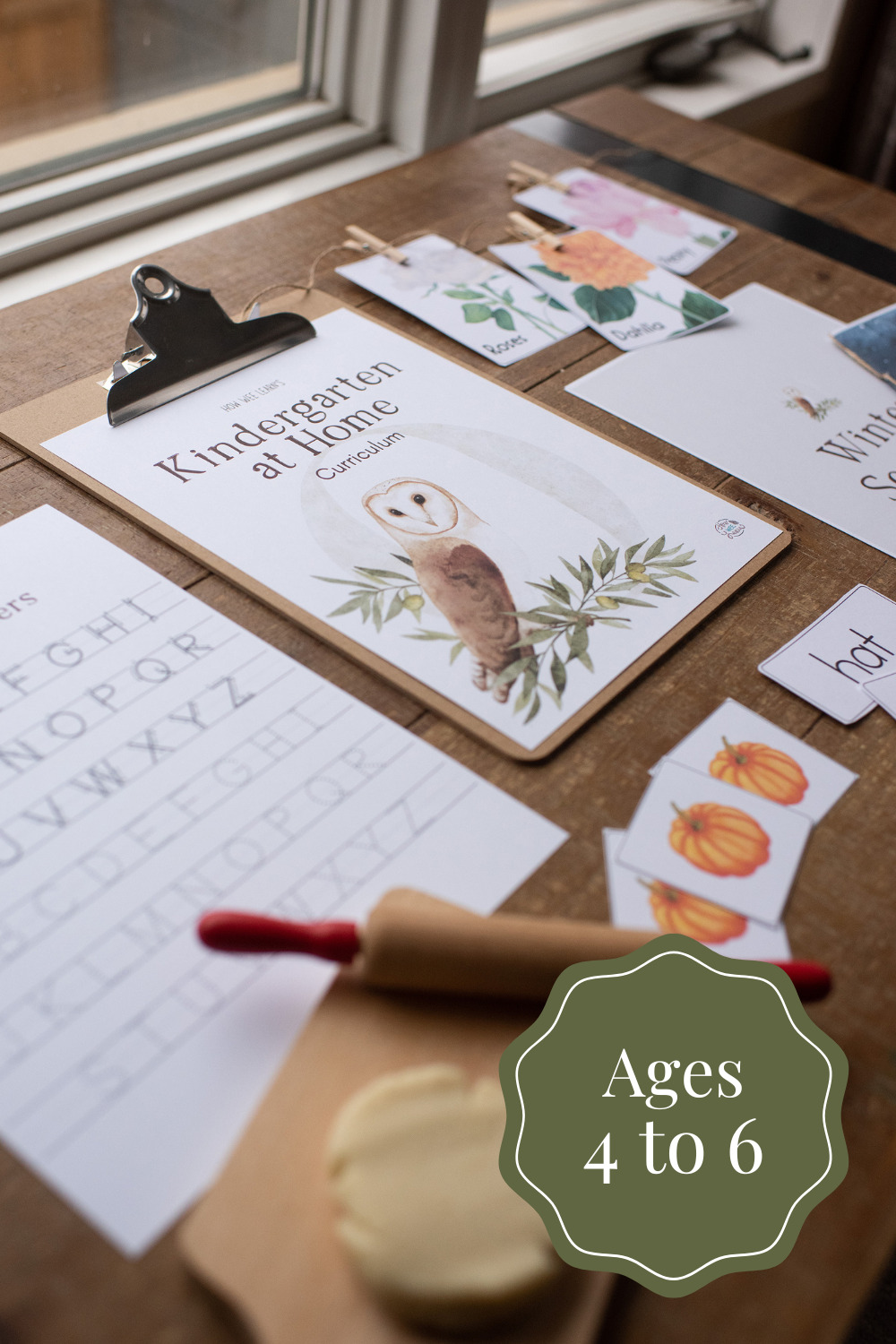
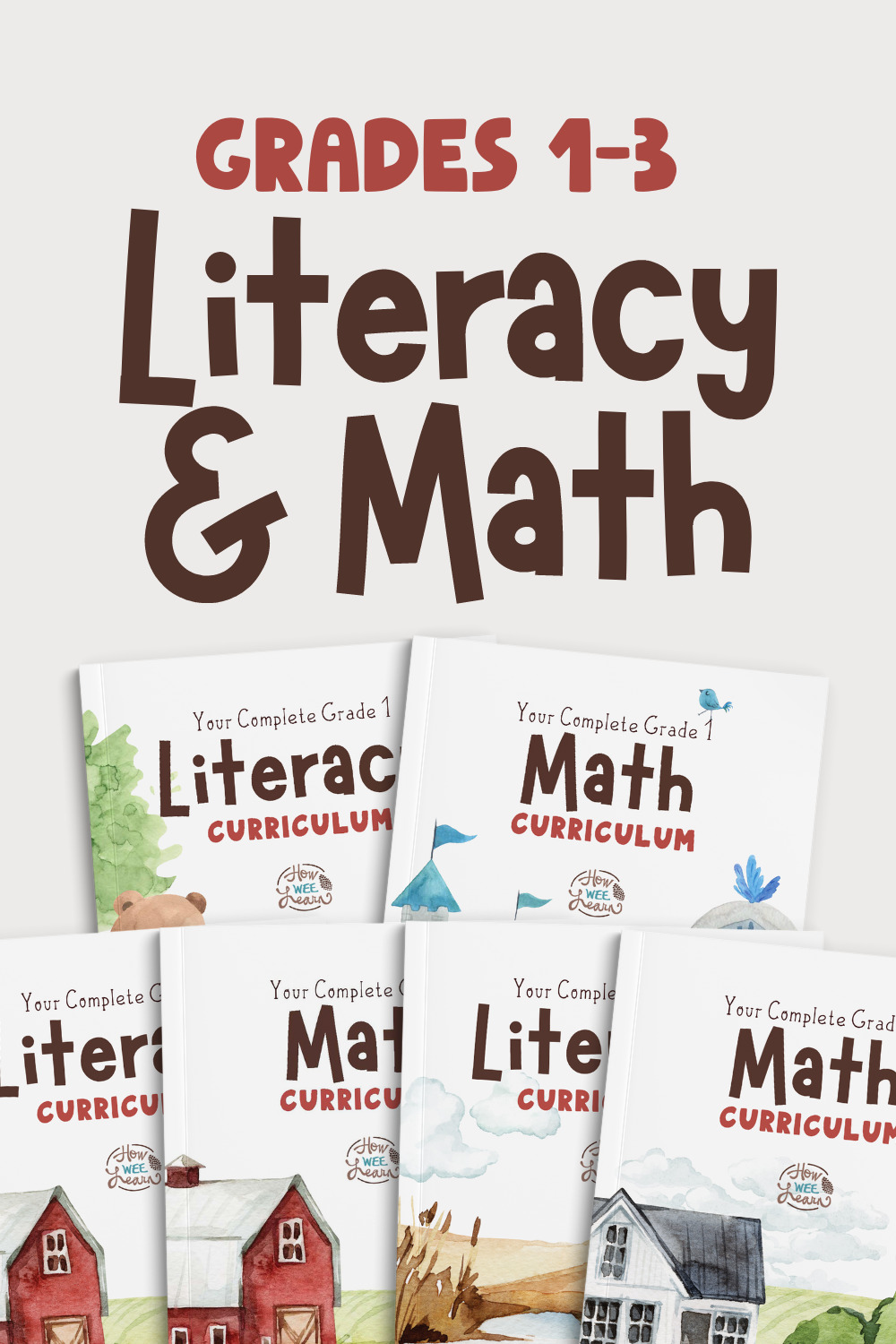

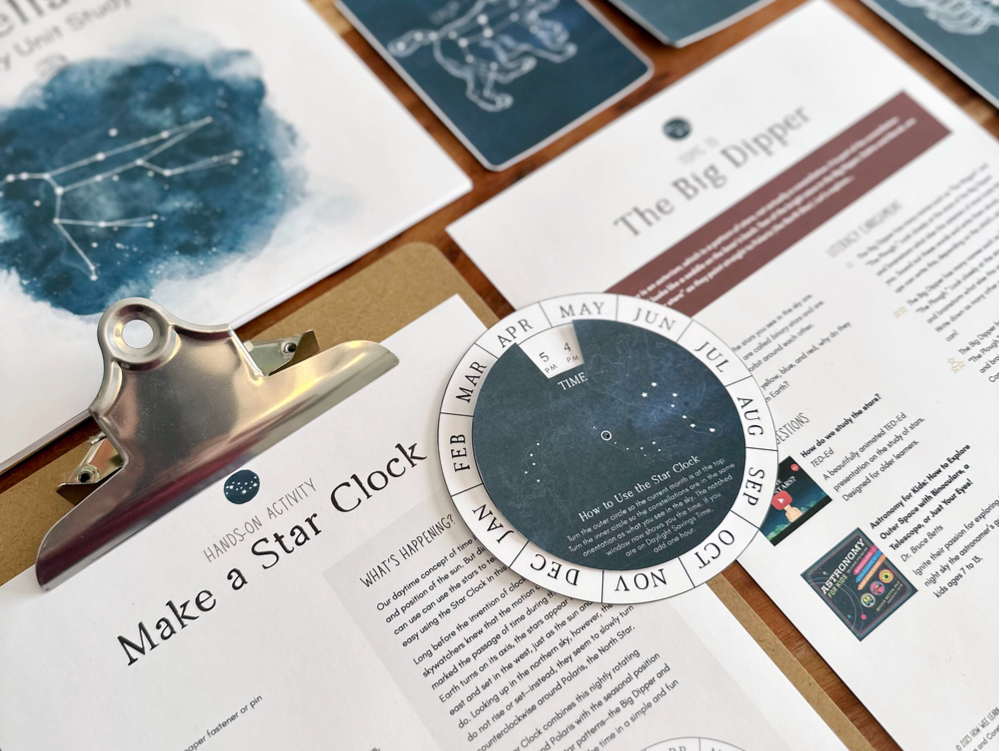
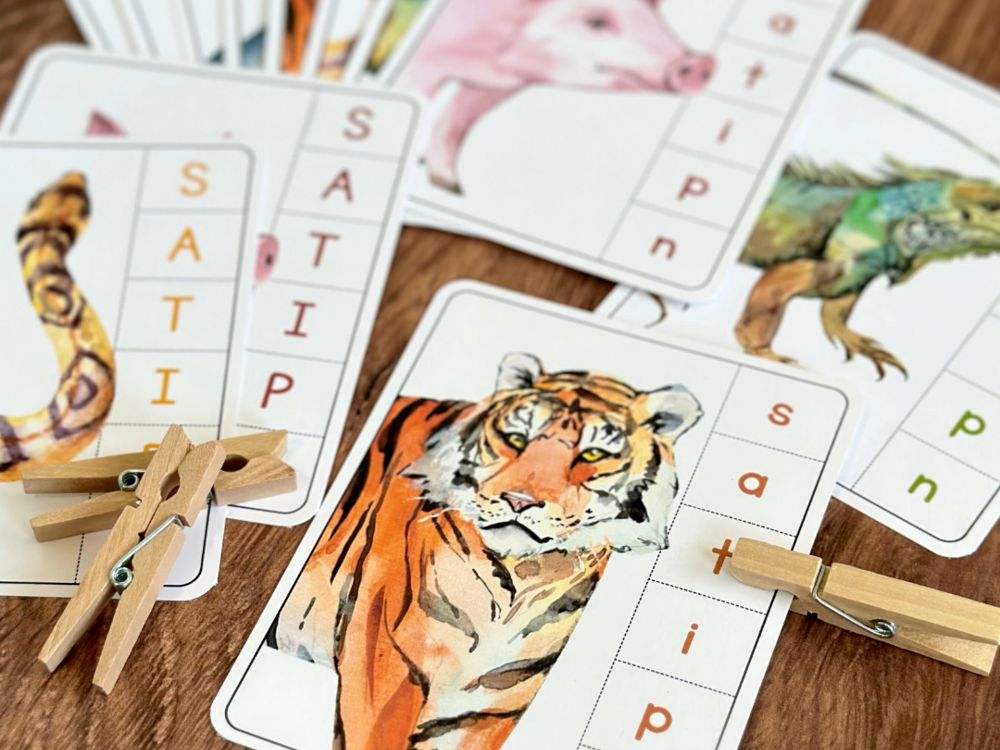
Leave a Reply